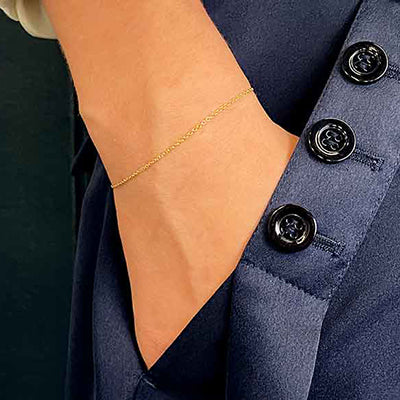
The options available to you when choosing an engagement ring can be overwhelming. And it’s not just the diamond that requires a lot of thought. The setting you choose will also help to dictate the style and aesthetic of the ring. When choosing the setting, you’ll have to decide between a range of styles and also the metal.
Why does the metal matter?
The choice of metal is important as it will determine the strength of the ring, the style and also how the diamond appears. Metals with more warm yellow tones can make diamonds appear more yellow. And metals with cooler tones will make them appear more bright and brilliant.
The strongest metal for an engagement ring would be platinum. This is excellent at resisting scratches and scuffs. Other popular choices include white gold, yellow gold and rose gold.

What are the most popular ring setting choices?
The classic engagement ring features a platinum band and a princess cut diamond. This is a timeless classic that offers excellent strength properties and the perfect pairing of cool metal with brilliant white diamond.
Other common choices for engagement rings include white gold, which is cheaper than platinum but still offers a cool tone. Yellow gold may be used for the band, but it is commonly paired with a white gold setting, as this will avoid making the diamond look yellow.
And finally rose gold may be used for dainty and vintage style rings. Mixing metals is becoming increasingly popular, which leads to interesting pairings of rose gold and white gold.
Are rose gold engagement ring settings popular?
Rose gold is a popular choice for certain engagement ring styles. The warm tones lend themselves well to vintage style rings, such as Edwardian styles. This metal choice is also perfect for more whimsical and delicate styles, such as those with floral motifs. Rose gold also pairs well with coloured diamonds and coloured stones such as rubies, emeralds and sapphires.

What are the benefits of a rose gold ring?
Rose gold is a great choice for an engagement ring as it offers dainty elegance and a warm tone which is perfect for those with warmer skin tones. If your partner looks good in gold, you can also be confident they will suit rose gold. It’s also cheaper than platinum, which can bring down the price of the ring significantly.
Rose gold also pairs well with other stones, so if you’re looking for something more creative and unique, this can be a great choice. Remember that it can bring out the yellow tones in a diamond, so it might be a good idea to choose a lab-grown diamond with an excellent colour to ensure that your ring doesn’t end up looking sallow. Alternatively, lean into this by choosing a lab-grown yellow or brown diamond for something truly unique.
What are the disadvantages of rose gold?
Rose gold is a soft metal, which means that it is more prone to scratches and scrapes. Since rose gold is often used for delicate and dainty rings with lots of smaller stones, you need to consider if this will fit the lifestyle of the wearer. If they work a lot with their hands or are prone to breaking jewellery, a dainty rose gold ring might not be ideal for them.
Final thoughts
Rose gold engagement rings are certainly popular, but you need to consider the potential implications of choosing this precious metal for the band. Firstly, rose gold isn’t as strong as platinum. Secondly, it can make diamonds appear more yellow, so you might want to choose a lab-grown diamond that offers no yellow tones.


















